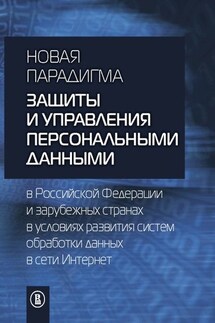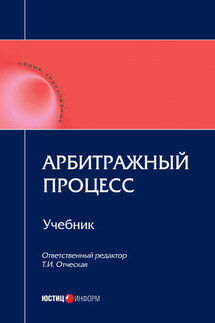Введение в аддиктологию - страница 23
49.Robinson, T. E., Berridge, K. C. (1993). The neural basis of drug craving: An incentive-sensitization theory of addiction. Brain Research Reviews, 18(3), 247–291. https://doi.org/10.1016/0165–0173(93)90013-P
50.Robinson, T. E., Berridge, K. C. (2003a). Addiction. Annual Review of Psychology, 54(1), 25–53. https://doi.org/10.1146/annurev.psych.54.101601.145237
51.Robinson, T. E., Berridge, K. C. (2003b). Addiction. Annual Review of Psychology, 54, 25–53. https://doi.org/10.1146/annurev.psych.54.101601.145237
52.Saitz, R. (2005). Unhealthy Alcohol Use. New England Journal of Medicine, 352(6), 596–607. https://doi.org/10.1016/j.cld.2016.02.003
53.Saunders, J. B., Degenhardt, L., Reed, G. M., Poznyak, V. (2019). Alcohol Use Disorders in ICD-11: Past, Present, and Future. Alcoholism: Clinical and Experimental Research, 43(8), 1617–1631. https://doi.org/10.1111/acer.14128
54.Schaler, J. A. (2011). Addiction is a choice. In Open Court.
55.Shalev, U., Morales, M., Hope, B., Yap, J., Shaham, Y. (2001). Time-dependent changes in extinction behavior and stress-induced reinstatement of drug seeking following withdrawal from heroin in rats. Psychopharmacology, 156(1), 98–107. https://doi.org/10.1007/s002130100748
56.Solomon, R. L., Corbit, J. D. (1974). An opponent-process theory of motivation: I. Temporal dynamics of affect. Psychological Review, 81(2), 119–145. https://doi.org/10.1037/h0036128
57.Spragg, S. D. S. (1940). Morphine addiction in chimpanzees. Comparative Psychology Monographs, 15, 132.
58.Stein, D. J., Costa, D. L. C., Lochner, C., Miguel, E. C., Reddy, Y. C.J., Shavitt,R.G., van den Heuvel, O. A., Simpson, H. B. (2019). Obsessive-compulsive disorder. Nature Reviews Disease Primers, 5(1), 52. https://doi.org/10.1038/s41572–019–0102–3
59.Stewart, J., Wise, R. A. (1992). Reinstatement of heroin self-administration habits: morphine prompts and naltrexone discourages renewed responding after extinction. Psychopharmacology, 108(1–2), 79–84. https://doi.org/10.1007/BF02245289
60.Stone, A., Becker, L., Huber, A., Catalano, R. (2012). Review of risk and protective factors of substance use and problem use in emerging adulthood. Addictive Behaviors, 37(7), 747–775.
61.Szalavitz, M. (2016). Unbroken brain: Arevolutionary new way of understanding addiction. St. Martin’s Press.
62.Tiffany, S. T. (1990). Acognitive model of drug-use behavior: role of automatic and nonautomatic processes. Psychological Review, 97(2), 147–168. https://doi.org/10.1037/0033–295X.97.2.147
63.Turel, O., Bechara, A. (2021). Atriple-system neural model of maladaptive consumption. Journal of the Association for Consumer Research, 6(3), 325–333. https://doi.org/10.1086/714366
64.Vanderschuren, L. J. M. J., Everitt, B. J. (2004). Compulsive After Prolonged Cocaine Self-Administration. 305(August), 1017–1020.
65.Volkow, N. D., Fowler, J. S., Wang, G. J., Goldstein, R. Z. (2002). Role of dopamine, the frontal cortex and memory circuits in drug addiction: Insight from imaging studies. Neurobiology of Learning and Memory, 78(3), 610–624. https://doi.org/10.1006/nlme.2002.4099
66.Volkow, N. D., Koob, G. F., McLellan, A. T. (2016). Neurobiologic advances from the brain disease model of addiction. New England Journal of Medicine, 374(4), 363–371. https://doi.org/10.1056/NEJMra1511480
67.West, R. (2013). EMCDDA Insights Series. Models of addiction. In









